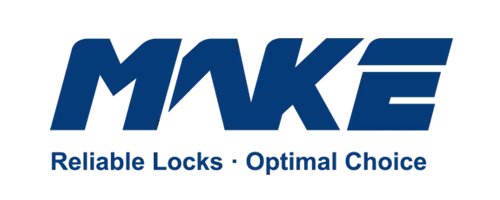MAKE® organized a fire safety training and drill on April 26, in order to further strengthen fire safety publicity and education, and popularize fire prevention and fire fighting knowledge, enhance employees' awareness of fire safety, improve the ability to deal with fire hazards.
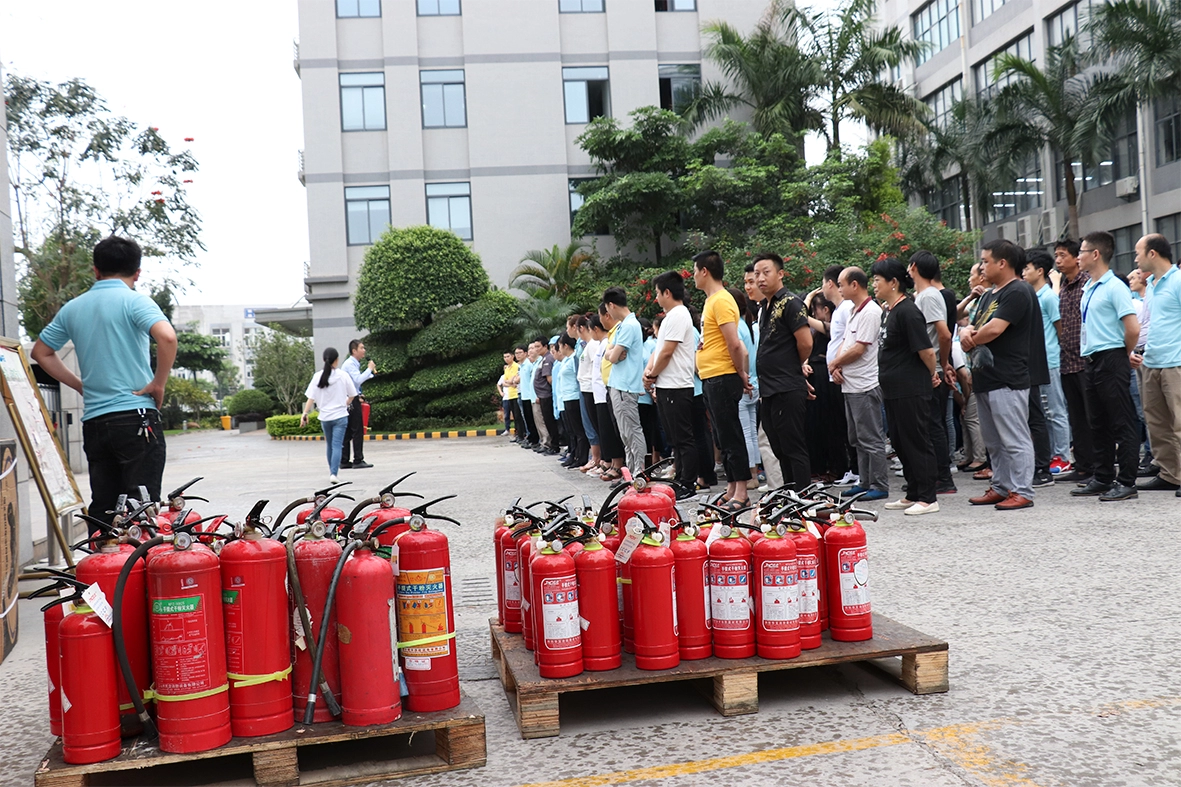
Prevention for fire
Firefighting is a very serious thing closely related to our lives. After the professional explanation and on-site guidance of the instructor, all the personnel could timely evacuate the fire scene and correctly use the fire extinguisher to extinguish the fire during the whole drill.
Firefighting knowledge training
For MAKE® employees, firefighting safety knowledge training and practical exercises are crucial. In the class, all employees were listening to the fire instructor and taking notes carefully.
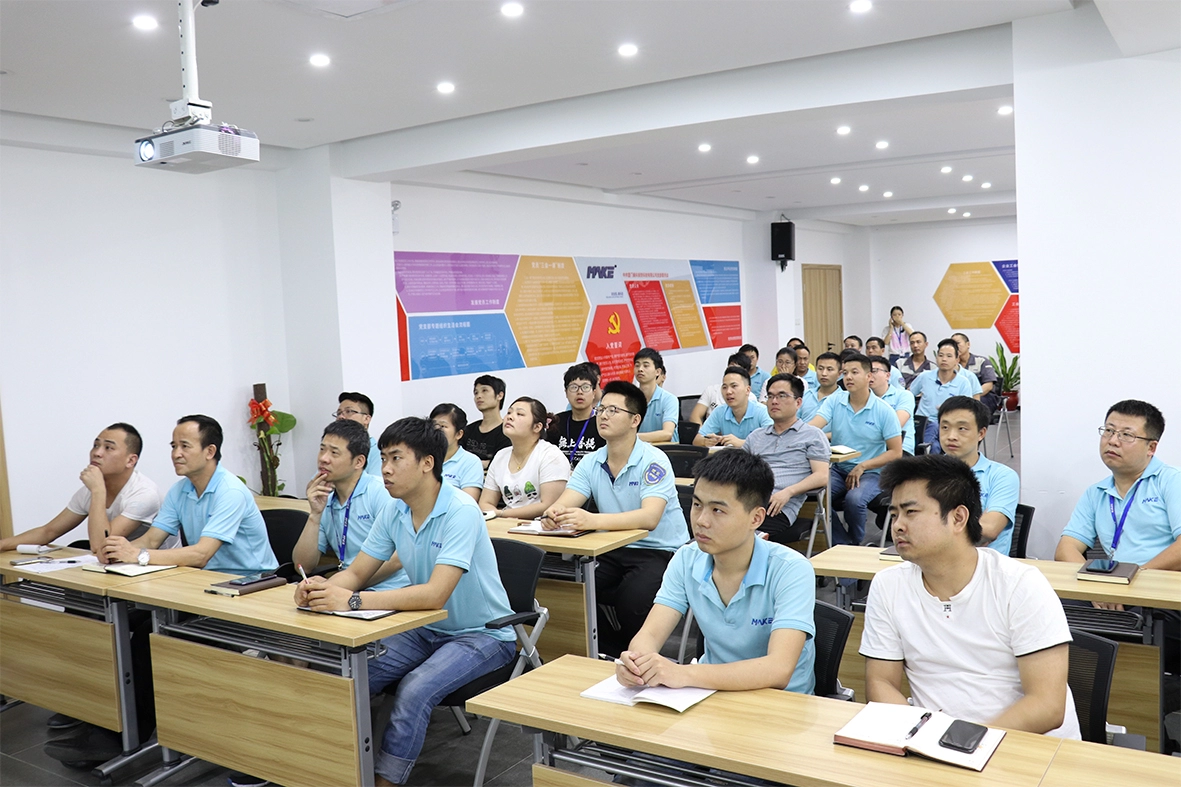
Evacuation drill
After the alarm was triggered, everyone ran towards the safe area at a very fast speed. Some employees covered their noses and mouth with a wet towel to prevent smoke and poison gas from inhaling into the lungs. The whole process was in good order.
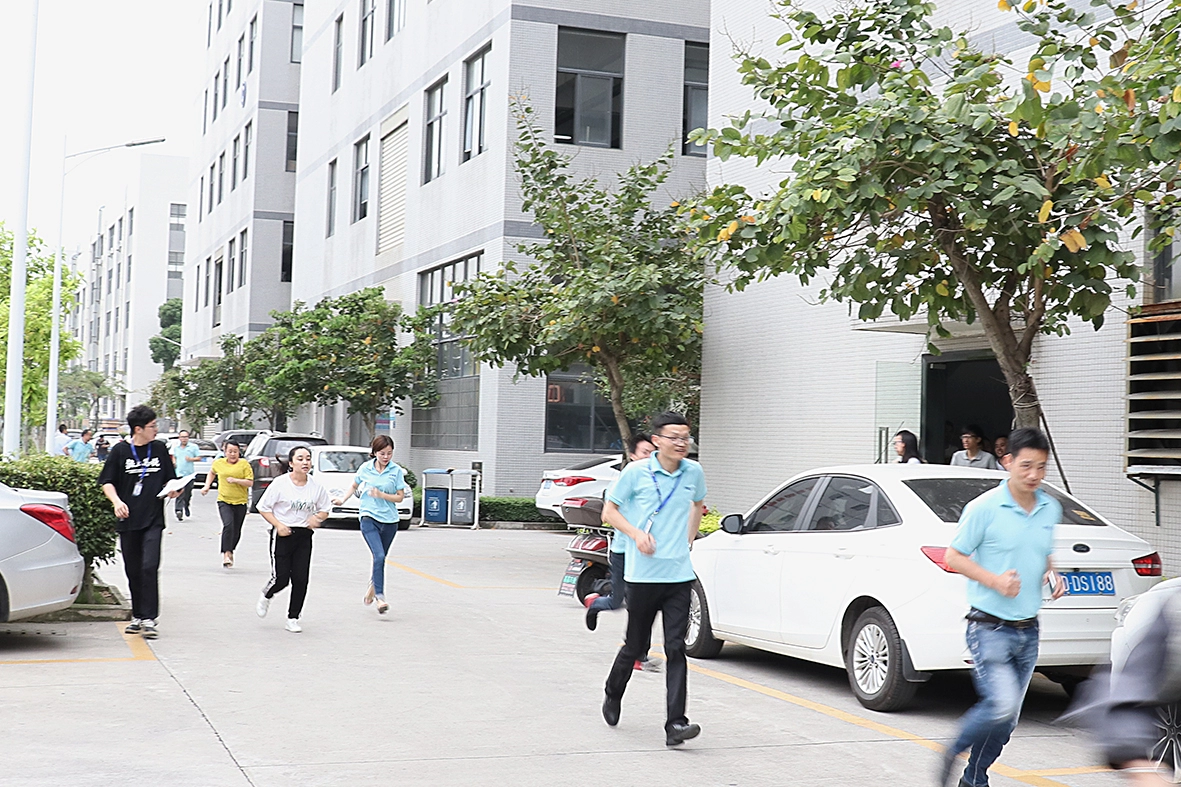

Fire drill
The person responsible for the firefighting was very decisive and brave, and put out the fire as quickly as possible according to the instructions of the instructors.
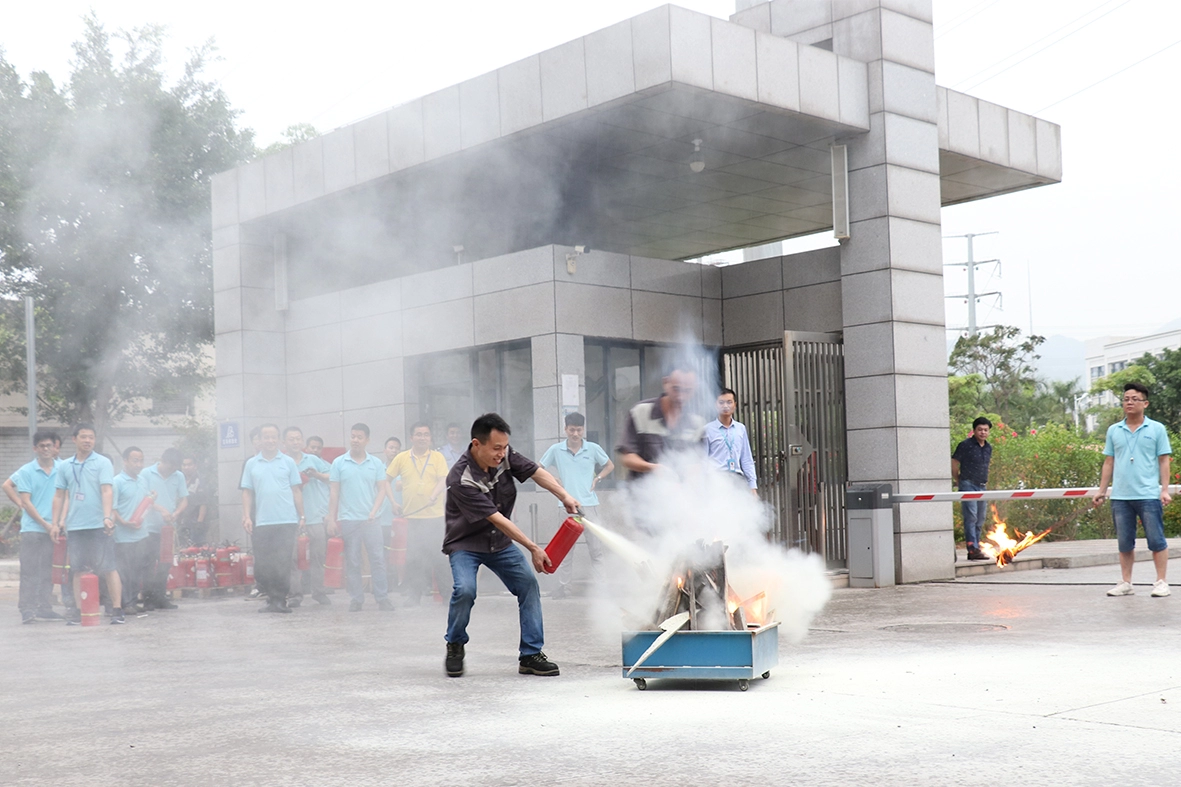
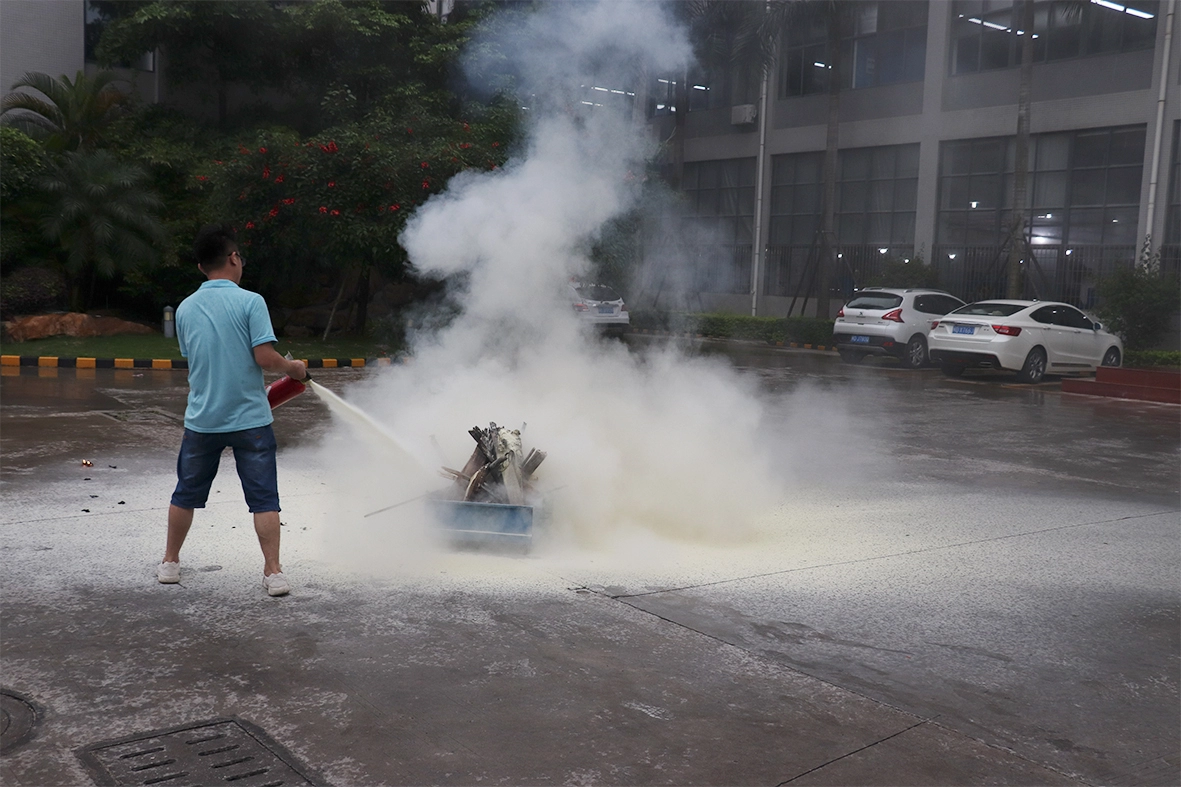
Through this fire safety training and drill, the staff of MAKE® have acquired fire safety knowledge, and learned to evacuate. Everyone should raise the awareness of safety vigilance and make it a basic duty of work, so that everyone is an inspector and firefighter.
Fire safety knowledge
Four common fire fighting methods:
1. Isolation method
Isolate the burning area or separate the object from the surrounding combustible, and the combustion will cease for lack of combustible material.
2. Asphyxiation method
To prevent air flowing into the combustion area or to dilute the air with non-combustible materials, so that the combustion materials cannot get enough oxygen and go out.
3. Cooling method
Discharge the extinguishing agent directly onto the combustor to lower the temperature of the combustor.
4. Chemical suppression method
Discharge the chemical extinguishing agent into the combustion zone to participate in the chemical reaction of combustion, thereby stopping combustion.
Fire prevention is the most important part of safe production and should be highly valued. With this fire drill, MAKE® will launch a series of fire safety competitions in May, including fire hydrant drill competition, hazard source search competition and fire safety knowledge competition.

Prevention for fire
Firefighting is a very serious thing closely related to our lives. After the professional explanation and on-site guidance of the instructor, all the personnel could timely evacuate the fire scene and correctly use the fire extinguisher to extinguish the fire during the whole drill.
Firefighting knowledge training
For MAKE® employees, firefighting safety knowledge training and practical exercises are crucial. In the class, all employees were listening to the fire instructor and taking notes carefully.

Evacuation drill
After the alarm was triggered, everyone ran towards the safe area at a very fast speed. Some employees covered their noses and mouth with a wet towel to prevent smoke and poison gas from inhaling into the lungs. The whole process was in good order.


Fire drill
The person responsible for the firefighting was very decisive and brave, and put out the fire as quickly as possible according to the instructions of the instructors.


Through this fire safety training and drill, the staff of MAKE® have acquired fire safety knowledge, and learned to evacuate. Everyone should raise the awareness of safety vigilance and make it a basic duty of work, so that everyone is an inspector and firefighter.
Fire safety knowledge
Four common fire fighting methods:
1. Isolation method
Isolate the burning area or separate the object from the surrounding combustible, and the combustion will cease for lack of combustible material.
2. Asphyxiation method
To prevent air flowing into the combustion area or to dilute the air with non-combustible materials, so that the combustion materials cannot get enough oxygen and go out.
3. Cooling method
Discharge the extinguishing agent directly onto the combustor to lower the temperature of the combustor.
4. Chemical suppression method
Discharge the chemical extinguishing agent into the combustion zone to participate in the chemical reaction of combustion, thereby stopping combustion.
Fire prevention is the most important part of safe production and should be highly valued. With this fire drill, MAKE® will launch a series of fire safety competitions in May, including fire hydrant drill competition, hazard source search competition and fire safety knowledge competition.

 Español
Español 中文
中文